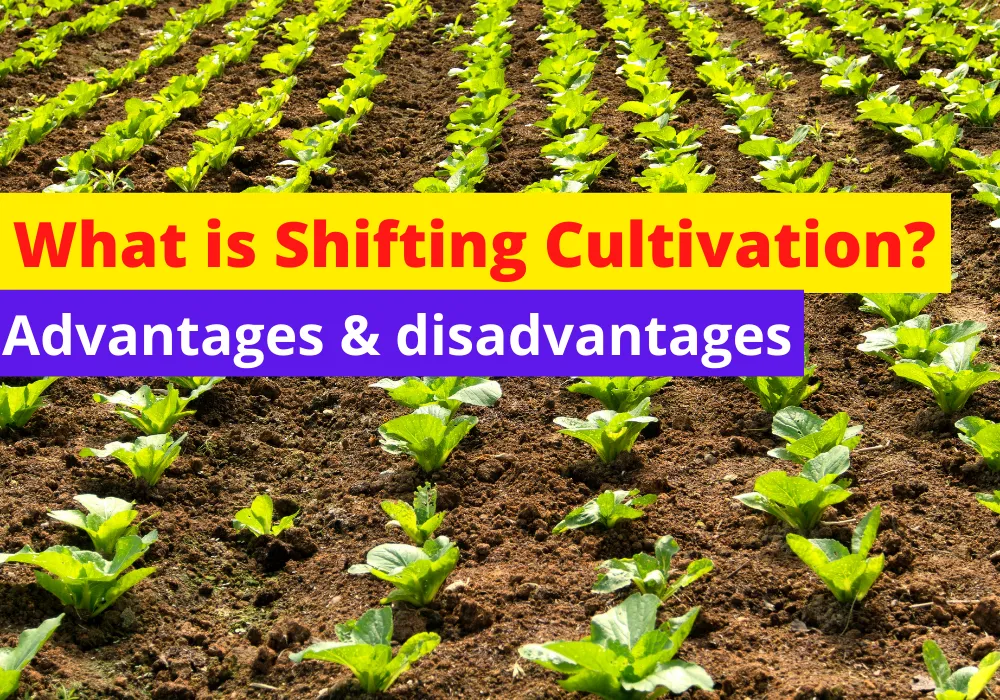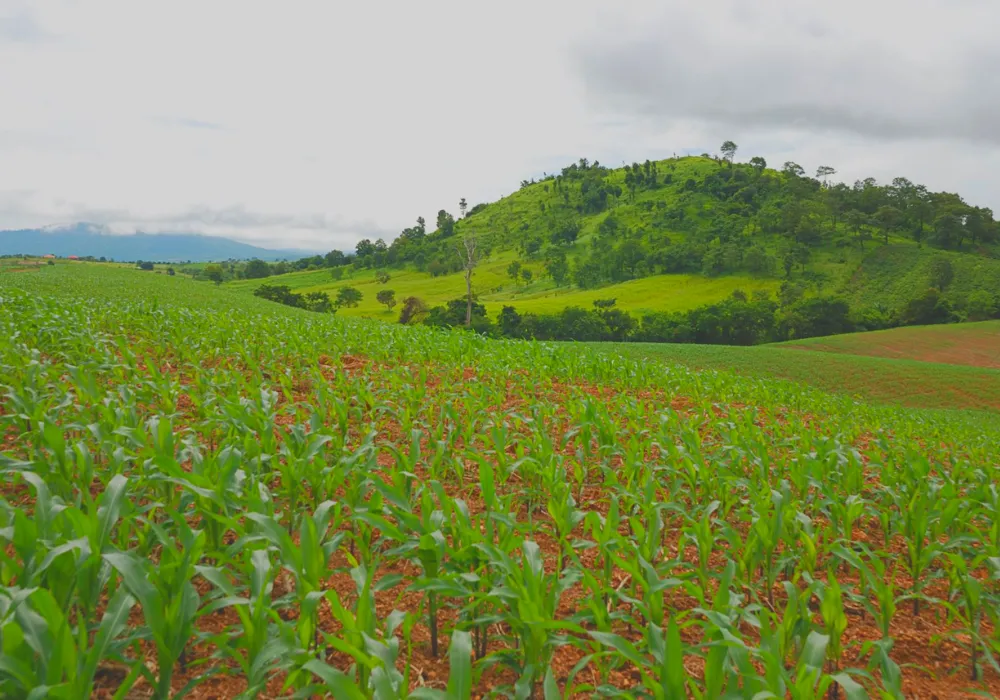Agriculture is one of the most important sectors of the world and it relies on the production of food to fuel the global population. Along with food, agriculture is also vital to sustaining the natural environment. This blog will give you a introduction about what is shifting cultivation and there advantages as well as disadvantages.

What is Shifting agriculture?
Shifting cultivation is a type of cultivation in which an area is cultivated briefly for a period of time which differs from place to place and then deserted for some time so that it restores nutrients in the plot naturally, This is very crucial for the fertility of the land.
OR
A primitive form of agriculture in which people functioning with the crudest of tools, chip down a part of the forest, burnt the underneath growth and set-up new garden sites. After few years, when these plots lost their productivity or became heavily infested with weeds or soil-borne pests, they move to a new site
It is also called as Assartage system (cultivating crops till the land is totally worn-out) opposite to the fallow system.
Fallow system means land is permitted for a resting period without any crop.
Commonly the fallow period is 10-20 years but in recent times it is reduced to 2-5 years in many areas.
It is studied most destructive for forest areas.
In India, shifting cultivation happen in different states, with different names as:
- Jhum cultivation in Assam.
- Podu in Andhra Pradesh and Orissa.
- Kumari in Western Ghats.
- Walra in South East Rajasthan.
- Penda bewar in Madhya Pradesh.
- Slash and burn in Bihar.
Shifting cultivation: Causes
The existence of Shifting cultivation in the country is a compound effect of the following causes:
- Ethnic groups and local people have traditional rely on shifting cultivation as subsistence agricultural practice.
- Topographic condition does not allow enough land resource to develop permanent cultivation.
- Little or no alternative opportunity to substitute shifting cultivation with more promising land use system.
- Due to population growth and poverty, there is no option expect Shifting cultivation which needs very little investment.
What are its disadvantages?
- Destruction of forest is the biggest disadvantages of this type of cultivation.
- Destruction of forest causes heavy soil erosion which in turn causes flood in rivers and low-lying areas.
- Large scale of deforestation increases global warming also.
- It leads to the loss of bio-diversity.
- This method is responsible for reducing the soil-fertility of crops as the land is abandoned when the soil is exhausted.
- Shifting cultivation causes a high national waste as it converts the green land into a barren land.
- It upsets the ecological balance as it disturbs many eco-systems of that region due to destruction of natural vegetation.
What are its advantages?
- It is very useful for the people functioning in hilly areas. It is the effortless way to cultivate their crops.
- Within short period of time crops can be easily generate and harvested.
- No hazard of flood or drought as stream water in hills can easily irrigate this land regularly.
- It benefit the used land to get back all lost nutrients naturally without any help from the modern methods of replenishing the soil.
- It saves a wide range of wealth as only a small plot is used for such cultivation.
Effects of Shifting cultivation

Shifting cultivation source loss of flora and fauna which embrace precious species of tree plants, shrubs, medicinal plants and minor forest products.
- It is an easy art of deforestation.
- The wild animals loss their shelter.
- Catalyze heavy flood in the rivers below.
- Siltation to the tanks, nallas, river and reservoirs.
- Ecology is bothered and distored which never restored.
Shifting cultivation: Alternatives
FD is implementing integrated land use practices as a evolution solution to eradicated shifting cultivation:
- Initiating agroforestry by adolescent long term crops together at the cultivation phase.
- Evolve CF practices.
- Facilitating evolution of contour bund plantations.
- Encouraging to begin in establishing forest plantations.
- Mix-planting of trees and high term agricultural crops.
- Measures to expand possible income generation opportunities.
Conclusion
The existing application of shifting cultivation in tropical and sub-tropical countries has been identified as one of the anthropogenic and unscientific form of land use which is conditioning the biodiversity to obstruct the ecological balance of the region.
Otherwise, jhuming has many profit from livelihood point of view, but in long run it destroys the ecosystem balance because one inch soil composition in nature takes about 1000 years. But several inches of soil are unsoiled out each year due to jhuming.
Also derive in large-scale deforestation, soil & nutrient loss, and by the way influencing the indigenous biodiversity to a large extent.
Although shifting cultivation is a non-viable resource-utilization application, tribals are still clinging to this primitive application to sustain themselves and their families.
We hope you found our article about shifting cultivation informational. The concept of shifting cultivation is not talked about very often so we wanted to shed some light on it and give you some interesting facts. Please contact us anytime if you have any further questions or concerns by visiting www.edukar.in
Thank you for reading, we would love to hear from you!




